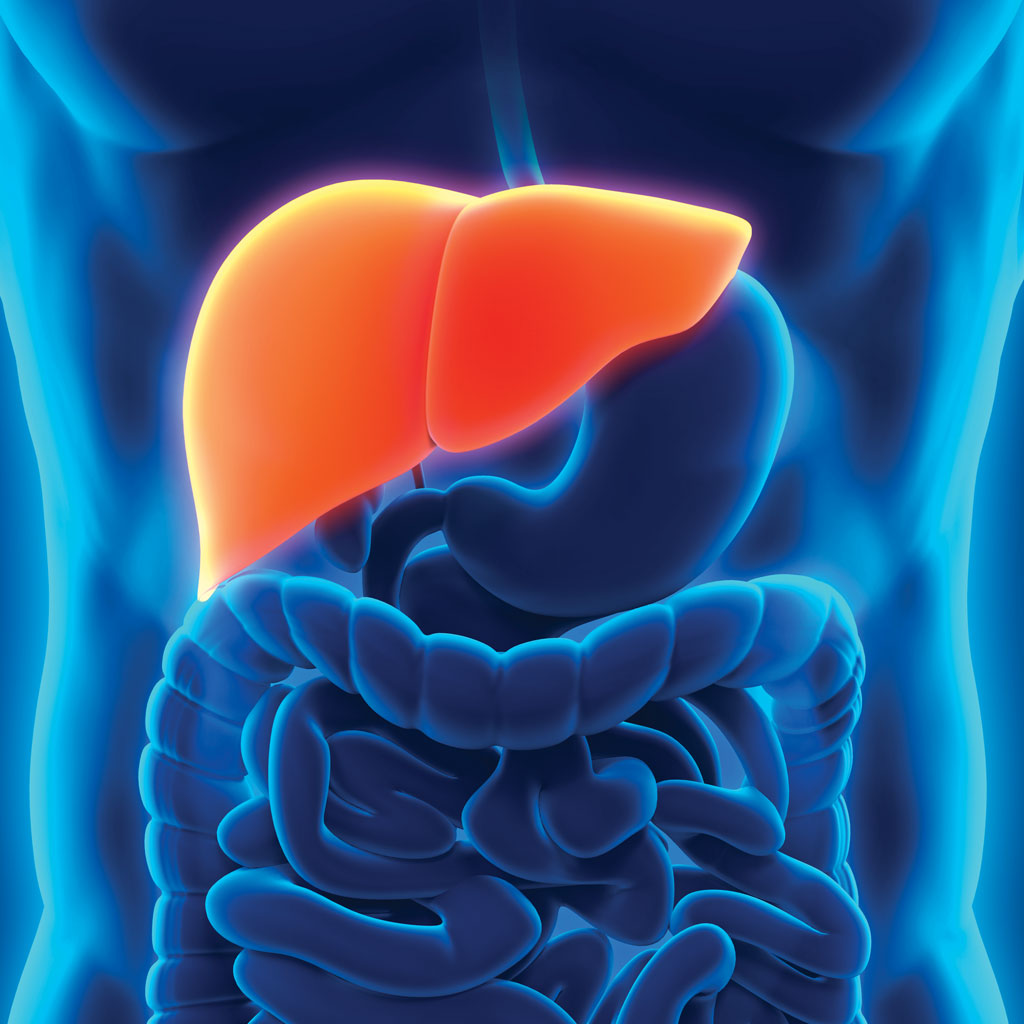Primary and metastatic cancer to the liver – liver cancer – is one of the most difficult types of cancer to treat. External radiation is typically used, but the high doses required to have an impact on liver tumors usually results in poor quality of life and very low survival rates.
But there is good news: A minimally invasive treatment for liver cancer, known as Y-90 radioembolization (also called Selective Internal Radiation Therapy or SIRT) can be used as a primary treatment or a complementary treatment (combined with chemotherapy) to aggressively attack liver tumors. While not a cure, Y-90 can slow the growth of these tumors and extend or improve the patient’s quality of life.
The interventional radiologists of PrecisionIR have performed Y-90 Radioembolization with excellent results. Unlike other providers, our doctors perform this treatment at our specially equipped outpatient center, offering patients greater comfort and convenience than they would experience at a hospital.
During treatment, the interventional radiologist inserts a catheter into an artery in the patient’s leg or wrist and moves it through the body’s vascular system and into the artery that is supplying blood to the tumor. Once there, millions of tiny beads (microspheres) coated with the radioactive isotope Y-90 are injected into the artery and become lodged in the capillaries that surround the liver tumors, delivering a high dose of targeted radiation.
According to Dr. Jonathan Olsen, an interventional radiologist with PrecisionIR, “Y-90 radioembolization concentrates short-range radiation within the liver, where we can deliver many times the dose the tumor would otherwise receive through external radiation.”
The liver has a dual blood supply, receiving blood from both the hepatic artery and the portal vein. Liver tumors receive most of their blood supply from the hepatic artery while normal liver tissue receives it from the portal vein.
“The treatment is performed using the hepatic artery. That means the radiation is very localized and can’t travel very far,” Dr. Olsen says. “This has the benefit of sparing healthy liver tissue and results in fewer side effects than other treatments.”
The Y-90 radioembolization procedure, as a stand-alone therapy or in combination with chemotherapy, has shown excellent results nationwide in controlling liver cancer. Research has demonstrated an increase in average progression-free survival (the length of time surrounding treatment that a patient’s condition does not get worse) while maintaining a good quality of life.
“Most patients are able to go home within a few hours after the procedure,” adds Dr. Olsen. “Side effects are few, and the most common appear to be flu-like symptoms for about one to two weeks after the procedure.”

